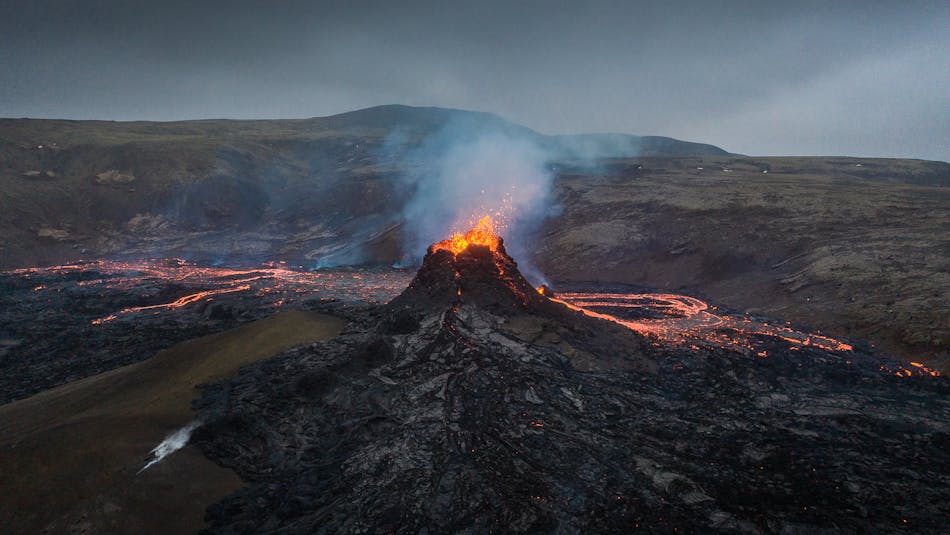
Fagradalsfjall volcano in Iceland started erupting on March 19, 2021 and erupted for six months. Although the eruption is finished, it's still stunning to see the new lava fields and craters created by the eruption up close.

Fagradalsfjall volcano in Iceland started erupting on March 19, 2021 and erupted for six months. Although the eruption is finished, it's still stunning to see the new lava fields and craters created by the eruption up close.